Optolong L-Extreme F2 Fast Optics Dual-Band Narrow Pass Filter 2" Mounted (OPT-L-EXTREME-F2-30)
14501
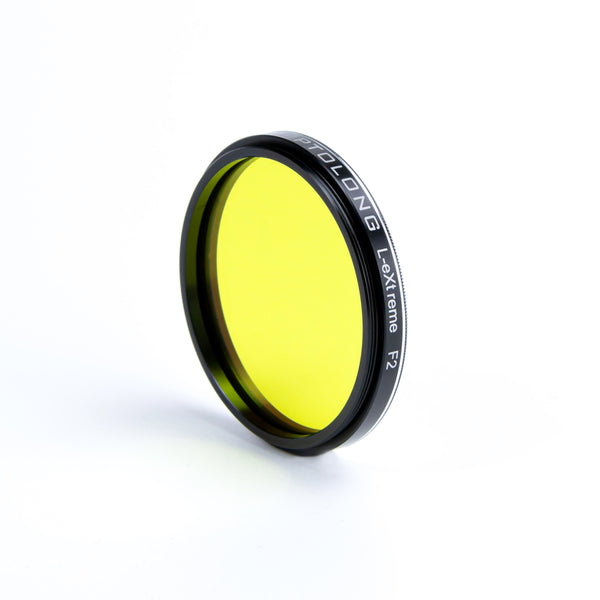
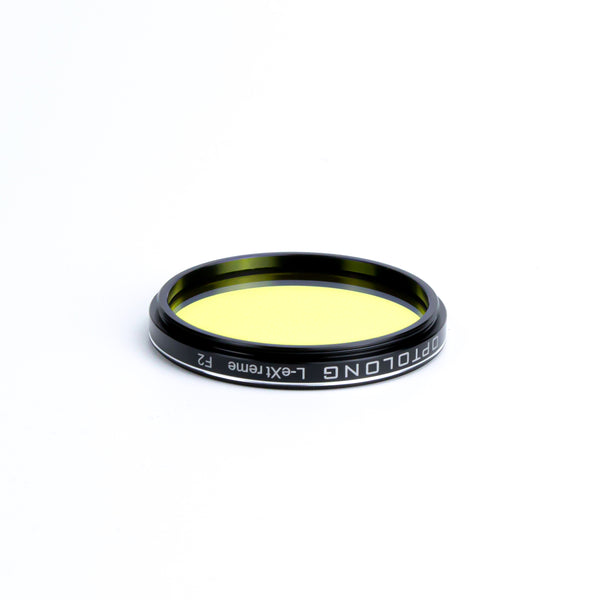
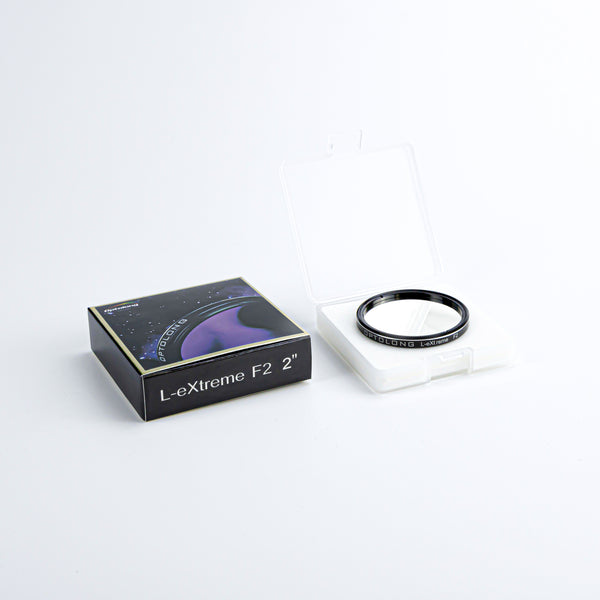
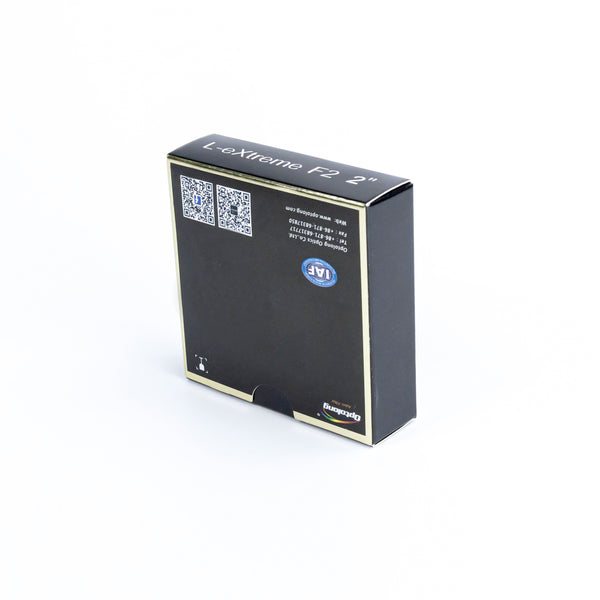
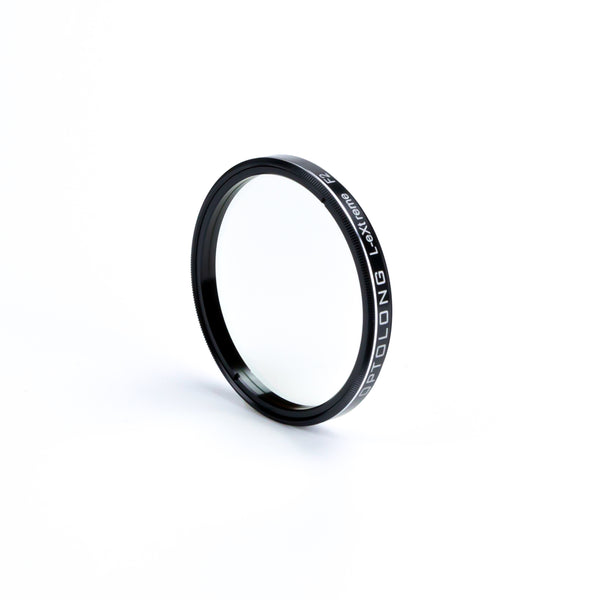
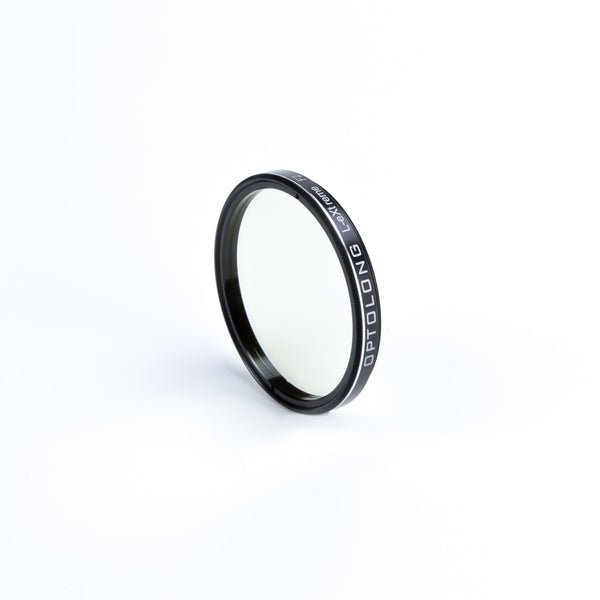
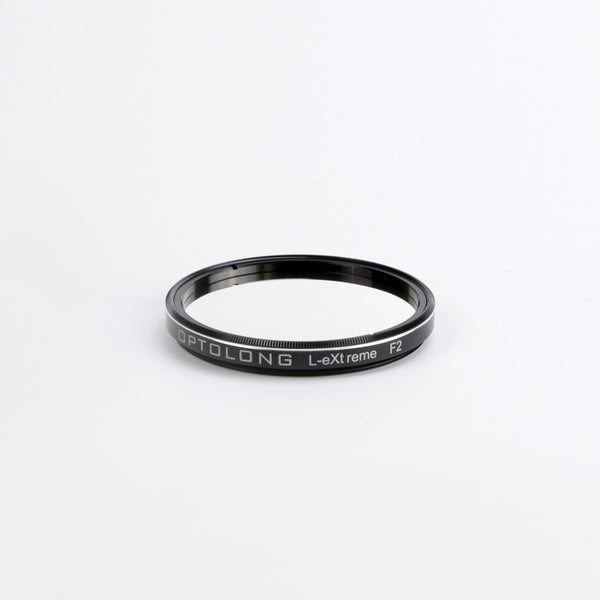
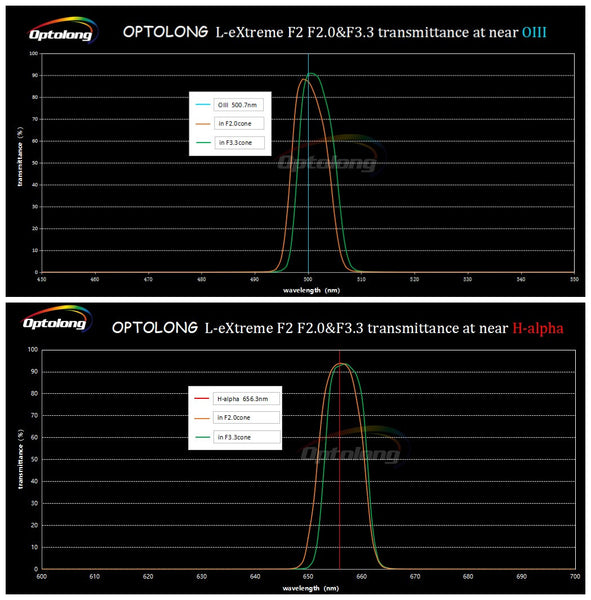








Optolong L-Extreme F2 Fast Optics Dual-Band Narrow Pass Filter 2" Mounted (OPT-L-EXTREME-F2-30)
14501
Products in the Same Family
Why Purchase from All-Star Telescope?
Free Expert Support
Whether you are a first timer needing help with setting up or an enthusiast that can't quite make that one thing work, our expert staff are ready to support your needs. With decades of knowledge and first hand experience we've been there and we can help you through it!
Stress Free, Secure Transactions
You can trust purchasing and delivery with All-Star Telescope. All of our transactions are 100% secure and Level 1 PCI DSS compliant thanks to Shopify's ShopPay platform. For additional protection, we insure 100% of the value of every shipment we make. If it get's lost during shipment, we replace it. If it gets damaged during shipment, we replace it. We make sure your product arrives exactly as you would expect it to; we promise.
We also ensure privacy protection. We never keep any of your credit card information on file and any of your personal data is stored according to our policies.
30 Day Return Policy
Buy with confidence knowing that we accept returns up to 30 days after purchase. We want you to have something you will actually use and we are confident that we keep good quality products in our store with No Junk.
Price Match Promise
Shipping around for the best price is tough, we make it easier by offering the best pricing in the market. But if you find a better price on an in-store item somewhere else we will match it!
Product Description
Optolong L-eXtreme F2 is a dual-band (500.7 nm and 656.28 nm, FWHM=7 nm) narrowband pass filter that meets the requirements for transmission at continuously varying angles. Astronomically characterised spectral lines (OIII, Ha) as the main transmission wavelengths, the OIII and H-Alpha nebula emission lines pass accurately at f2 - f3.3 Focal Ratio.
L-eXtreme F2 Introduction
Astronomically characterised spectral lines (OIII, Ha) as the main transmission wavelengths, the OIII and H-Alpha nebula emission lines pass accurately at f2 - f3.3 Focal Ratio. It's a product that Optolong has developed specifically for fast optical systems, or fast focal ratio imaging systems. It has performed well on RASA, HyperStar and other fast ratio telescopes.
Key Features:
- Together with one-shot colour astronomical cameras, monochrome astronomical cameras, and Digital SLR cameras, you can fast and quickly obtain clear and detailed images of the deep sky;
- Ideal for fast optical system, like RASA, Hyperstar and other fast focal ratio telescope users;
- Recommended for using fast optical system with focal ratio from f2 to f3.3;
- Anti-light pollution、better contrast、more details of the celestial bodies:This filter cuts out background light and noise beyond the target celestial bodies to get better details and contrast of the images. L-eXtreme F2 can effectively block light pollution so that the images will not affected by unwanted lights, and sky light of the background. You can quickly get satisfactory pictures in fast optical systems.
L-eXtreme F2 Performance
Test of the new Optolong Astronomy Filter L-Extreme F2 filter © Tommaso Massimo Stella
Sadr and the Belly of the Cygnus.
Sadr is a yellow super giant star, 33,000 times more luminous than the Sun and 12 times more massive.
It is identified in the center of this wide-field image which portrays the center of the Northern cross (internal asterism in the constellation Cygnus). At bottom center and to the left, the Crescent nebula and the effects (cyan color, OIII) of the star Wolf-Rayet 134 can be seen.
The filter under test is designed to work with super fast optics centered on a focal ratio of 2. For the occasion, a full aperture Samyang 135mm f/2 lens connected to the Omegon veTec571V4 camera was used.
The result is the stack of 11 exposures of 300 seconds and the processing was limited to the adjustment of the curves and a minimal stellar reduction without the use of AI tools.
Sky: SQM 19.95
In the first comment you can find insights into the test.
Soon you will see published a more complete work on much weaker subjects.
Credit: Tommaso Massimo Stella

The Bubble Nebula ©Luke Newbould
52x2m exposures, RASA11, Player One Uranus-C Pro camera
Optolong-L-Extreme f2 filter
Captured with NINA,
Stacked with AstroPixelProcessor,
Processed in PixInsight

NGC 6871, WR 134 ©João Berbereia
Test with the new Filter Dual Narrowband L-eXtreme for F2 2". The filter captures the light emitted by ionized hydrogen atoms (Hα 7nm) and doubly ionized oxygen ions (OIII 7nm) in the spectra of astronomical objects, such as nebulas.
This image was capture for a duration of 30x300 seconds, totaling 2 hours and 50 minutes. It was taken from my backyard on August 14, 2023, on Terceira Island, Azores, Portugal.
Gear Info:
Celestron C8 HD + Hyperstar V4 (f1.9) 390mm
Ioptron CEM40EC
ASI071MC -10 100gain
Optolong L-eXtreme F2 2"
EAF
ASI290MM
Sky-Watcher 50ED
ASIAIR
Bortle 4 - moon3%

Rosette Nebula © Astrono Mono
Rosette Nebula, also known as Caldwell 49, is an H II region located near one end of a giant molecular cloud in the Monoceros region of the Milky Way. The open cluster NGC 2244 (Caldwell 50) is closely associated with the nebulosity, as the stars in the cluster formed from matter in the nebula.
The nebula has been observed to have a shape reminiscent of a human skull and is sometimes referred to as the "Skull Nebula". It should not be confused with NGC 246, which is also nicknamed the "Skull Nebula".
Technical data :
45 x 300s L-eXtreme f/2
Takahashi Epsilon 180 ED (f2.8 focal ratio)
ZWO ASI2600MC-Pro Camera -10° ZWO ASI2600MC-Pro Camera -10° ZWO ASI2600MC-Pro Camera -10
ZWO EAF+ ZWO EFW + ZWO ASI AIR PRO
ZWO ASI 462 MC Guide Camera - Guidescope orion 80edcf
sqm 18.53 Cgem mount

The Cygnus Loop © Georg Nyman
Astrophotographer Georg was taking images with RASA and the full frame QHY600C camera. The Cygnus Loop – an object which is a very well known target of Ha and OIII. Indeed, Optolong L-eXtreme F2 performed very well and the separation of Ha and OIII is excellent – see attached result.
The image is a 2x1 mosaic
Credit: Dr. Georg N. Nyman

What's in the Box
Specifications
- Sbustrate optical glass
- Thickness 1.85mm
- FWHM
- OIII 7nm
- Ha 7nm
- Blocking range 300-1000nm
- Blocking Depth >OD4
- Surface quality 60/40
- Transmitted Wavefront RMS λ/4
- Parallelism 30s
Based on the characteristics of celestial bodies’ emission lines and light pollution emission lines, the L-eXtreme F2 retains the prominent nebula OIII and Ha colours while blocking most of the light pollution. Specifically designed and optimally calculated for the characteristics of a fast optical system, the L-eXtreme F2 always keeps both OIII and Ha bands having high transmittance, which helps users to capture nebulae emission lines in these bands more accurately and quickly, and obtain better astrophotographic images.
This curve is only for reference, and is not used as the final product data.
How to read the chart?
- The horizontal axis is the Wavelength in Nanometers(nm).
- The vertical axis is transmission in %.
Coating Technology
- Multi-layers anti-reflection coating
- Non-cementing optical substrate coating
- Optolong filter adopts precision coating based on Ion-assisted deposition coating technology for durability and resistance to scratching, as well as stability on CWL(central wavelength) no deviation affected by temperature change.
- Planetary rotation system offers precision and homogeneity of coatings ensuring high value on transmission of pass-band and Optical density of off-band.
Additional Articles, Videos, and Links
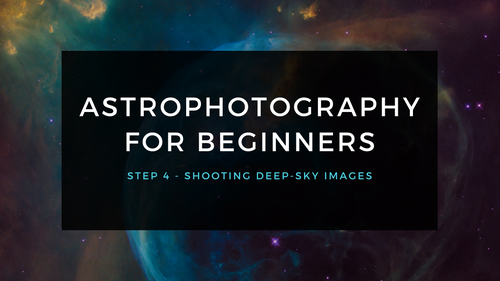
Astrophotography for Beginners Step 4: Shooting Deep-Sky Images
Taking deep sky pictures can be daunting, luckily there is an easy process to follow to allow you to get great shots! Here is the typical process for actually taking deep-sky images in the field.
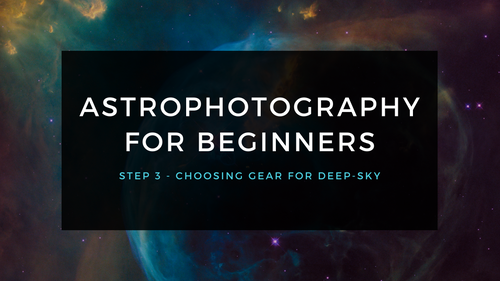
Astrophotography for Beginners Step 3: Choosing Gear for Deep-Sky Imaging
Using a star tracker gains you experience with the fundamentals of deep-sky imaging. Shooting the Moon gains you experience focusing and framing through your telescope. Through your sessions you’ll...
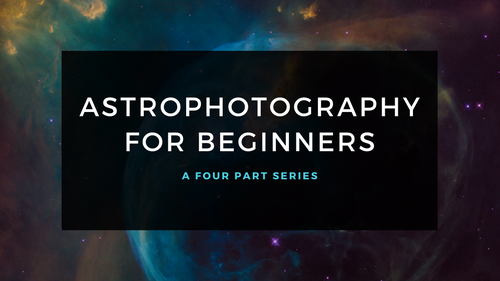
Astrophotography for Beginners - Start Here: Getting into Astrophotography Step by Step
Shooting the night sky has never been more popular, nor easier. The choice of equipment has also never been better, or more affordable. However, as per the advice given by Dickinson and Dyer in the...
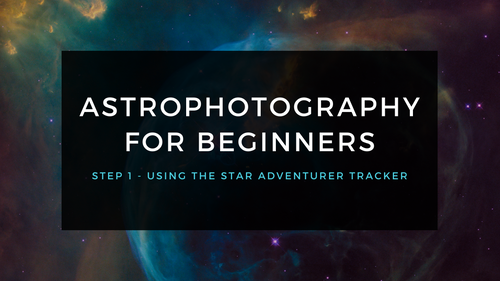
Astrophotography for Beginners Step 1: Using the Star Adventurer Tracker
By far the most economical and easiest way to capture beautiful images of the Milky Way and large deep-sky objects like the Andromeda Galaxy (shown here) is to use a star tracker. Here are steps an...
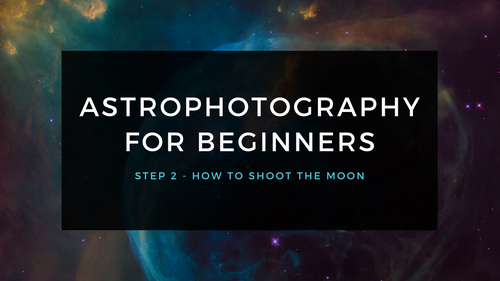
Astrophotography for Beginners Step 2: How to Shoot the Moon
Close-ups of the Moon are rewarding, and an easy way to learn to shoot through your telescope. While good results are possible with a phone camera clamped to an eyepiece (as shown below), this tuto...

